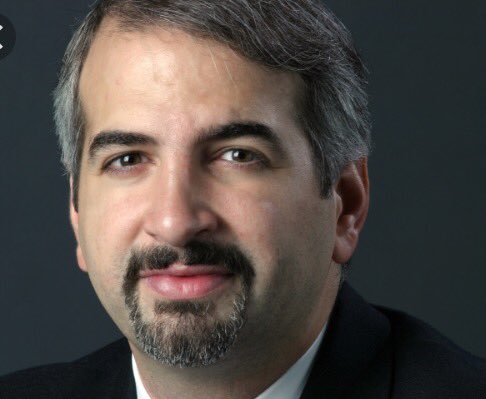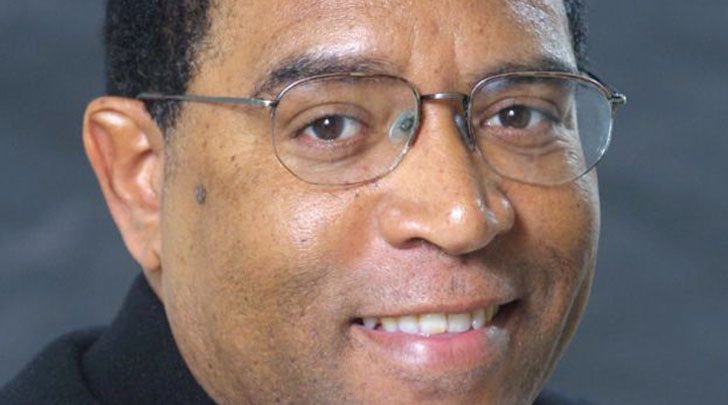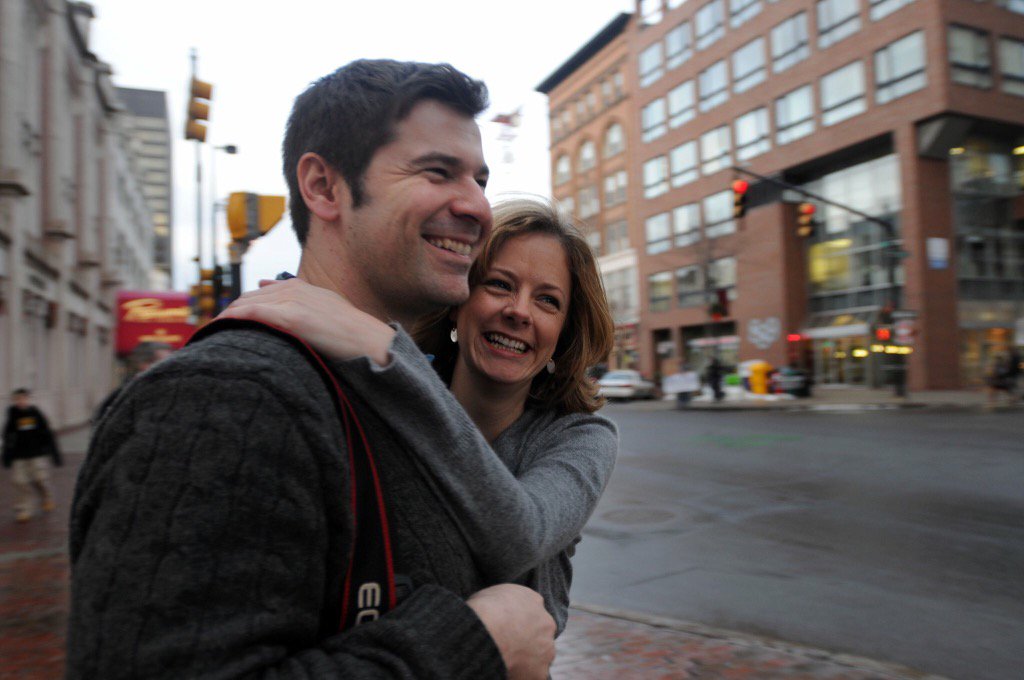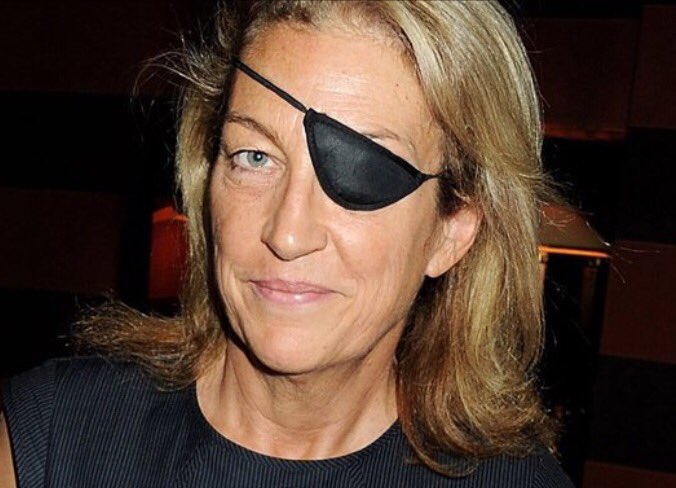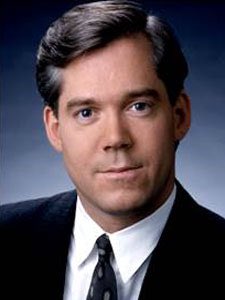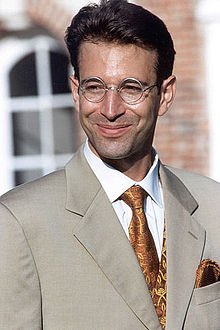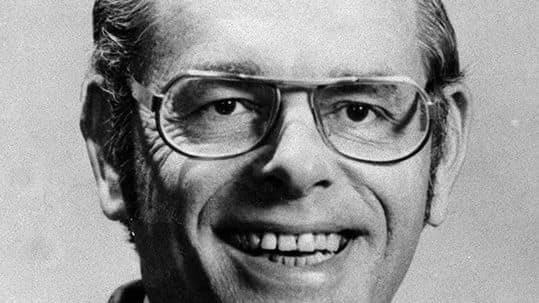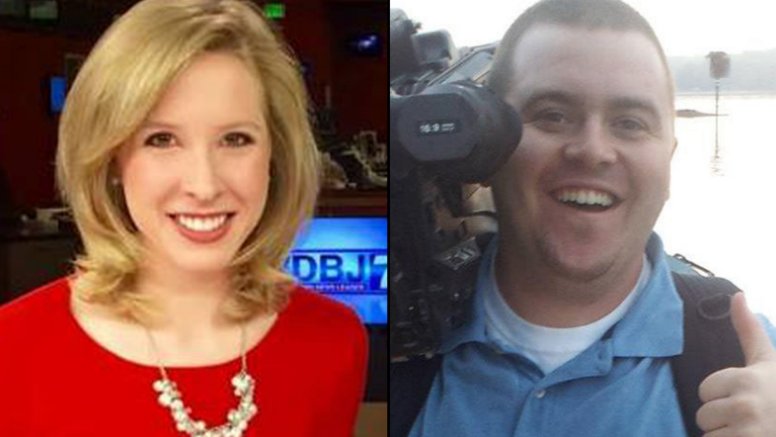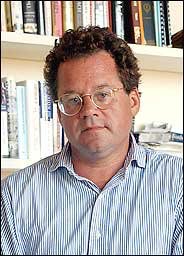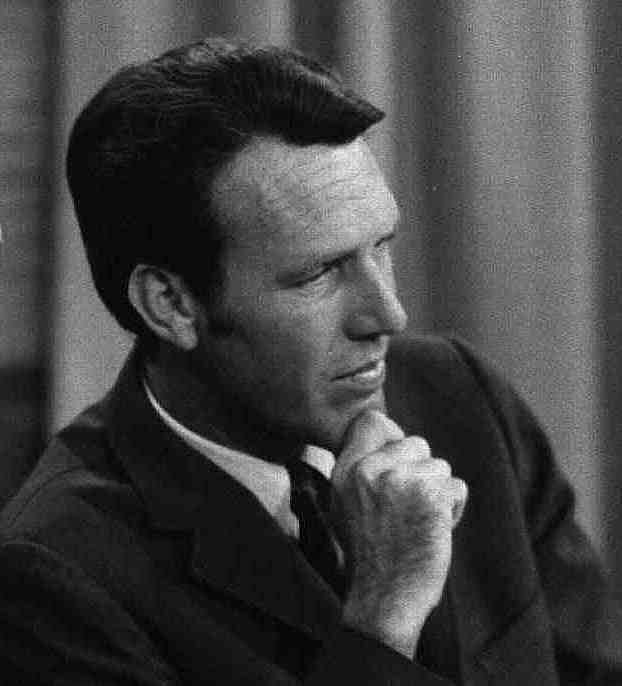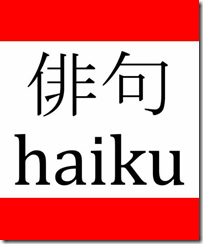I'm an online subscriber to the New York Times.
Despite Trump's insistence that the New York Times is failing, digital subscriptions are at a record high, the stock price is near a 52 week high, and Trump gave a long and damning interview to the paper just last week.
Thanks to the New York Times, we know more about the Trump administration than Trump would ever want the American people to know. They have broken important story after important story.
I like the New York Times a lot.
But enough already with the damn honorifics.
In a quaint vestige of a dying era, the New York Times still uses honorifics like Mr., Ms., and Dr. when writing about people in the news section as a means of demonstrating respect for the people on whom they report.
It's time to stop.
There are a few reasons that I want this to stop, but primarily, I want it to stop because using these honorifics is pretentious. Precious. A sad clinging to a bygone day. Unnecessary tradition that certain readers would surely hate to see go, but I suspect that those who would object the most are also pretentious, precious, and a little sad.
And the Time already more than a little pretentious. The way in which couples strive to land their wedding announcements in the Times, as if it's some kind of a badge of honor, is a little pretentious and sad. These pages are dripping with stories of the wealthiest, most privileged people in the world celebrating their nuptials and wanting anyone who is anyone to know all about it and them. And unless there is an Ivy Leaguer or a ballerina or an investment banker or a Dr. somewhere in the bunch, you ain't getting in.
There are websites dedicated to making fun of these people, and rightfully so.
When plumbers marry teachers in New York, the Times doesn't care.
I hate this. And it's just the tip of the iceberg in terms of the Times pretentiousness.
But my desire for the Times to abandon honorifics goes beyond that. The use of honorifics also creates enormous inconsistencies and matters of questionable judgement.
Take this piece about Mo'Nique's and Sidney Hicks open marriage. Because Mo'Nique doesn't use a last name, she appears throughout the piece as Mo'Nique whereas Sidney becomes Mr. Hicks.
This inconsistency is annoying and stupid. And it happens all the time.
The same is done for someone like Meat Loaf, who the Times could refer to as Mr. Loaf but wisely does not. Also Ice Cube. Ice Tea. Snoop Dog. 50 Cent.
You get the idea.
Then there's the Times' decision to remove the honorific when referring to someone who is considered exceedingly evil, like Osama Bin Laden, but then not removing it for someone like Saddam Hussein.
The Times has also stop using honorifics on their sports page, because... I guess athletes don't merit the same respect as Mr. Bieber, a entertainer so annoying that he was banned from China this week? Or OJ Simpson? Bill Cosby? Vladimir Putin?
The Times recently added the gender-neutral pronoun Mx. to their stable of honorifics, which was a good decision if you're going to cling to the needless tradition of honorifics but will surely enrage the kind of Trump supporter who thinks that our cars should be powered by coal, people should only have sex with opposing genitalia, and women shouldn't be exposing their shoulders in the US Senate.
Actually, I guess that's kind of a good thing,
Still, rather than adding an honorific to obscure sex and gender, how about just removing them altogether.
Mr. only serves to indicate that the person in question has a penis.
Miss, Ms., and Mrs. only serve to indicate the marital status and presence of a vagina.
Stupid.
The only other thing I like about their rules of honorifics related to the use of the title Dr.
"Dr. should be used in all references for physicians, dentists and veterinarians whose practice is their primary current occupation, or who work in a closely related field, like medical writing, research or pharmaceutical manufacturing."
In the New York Times, a Dr. is a doctor.
A person who has earned a PhD can also request that the Dr. honorific is used, but only if it's related to their current occupation.
I just like the idea that they have to ask.
"Um... excuse me. I earned a PhD. in comparative literature with a focus on eighteenth century Lithuanian feminist male writers. Could you please refer to me as Dr. Jones?"
I like the groveling that's required to get that precious honorific in the pages of the paper.






